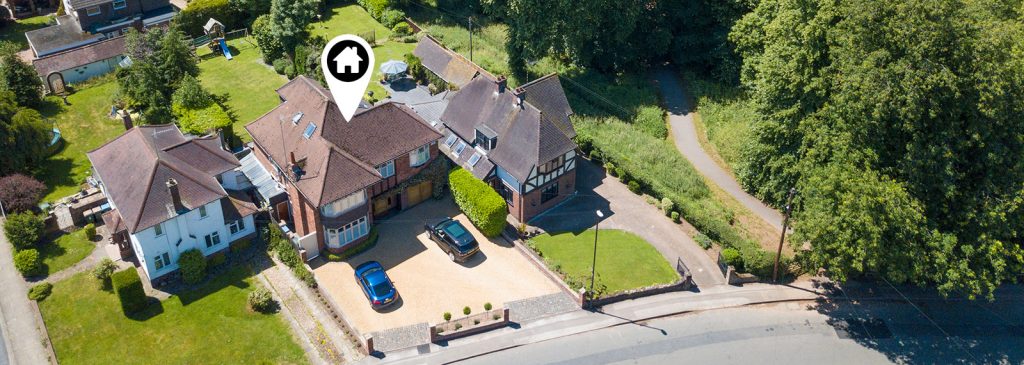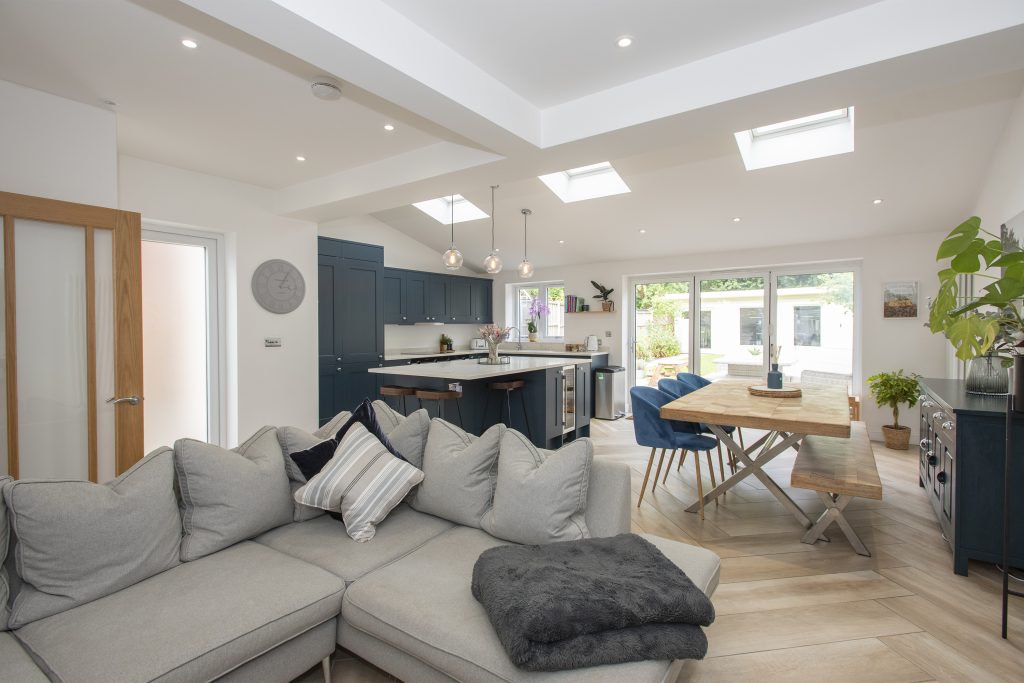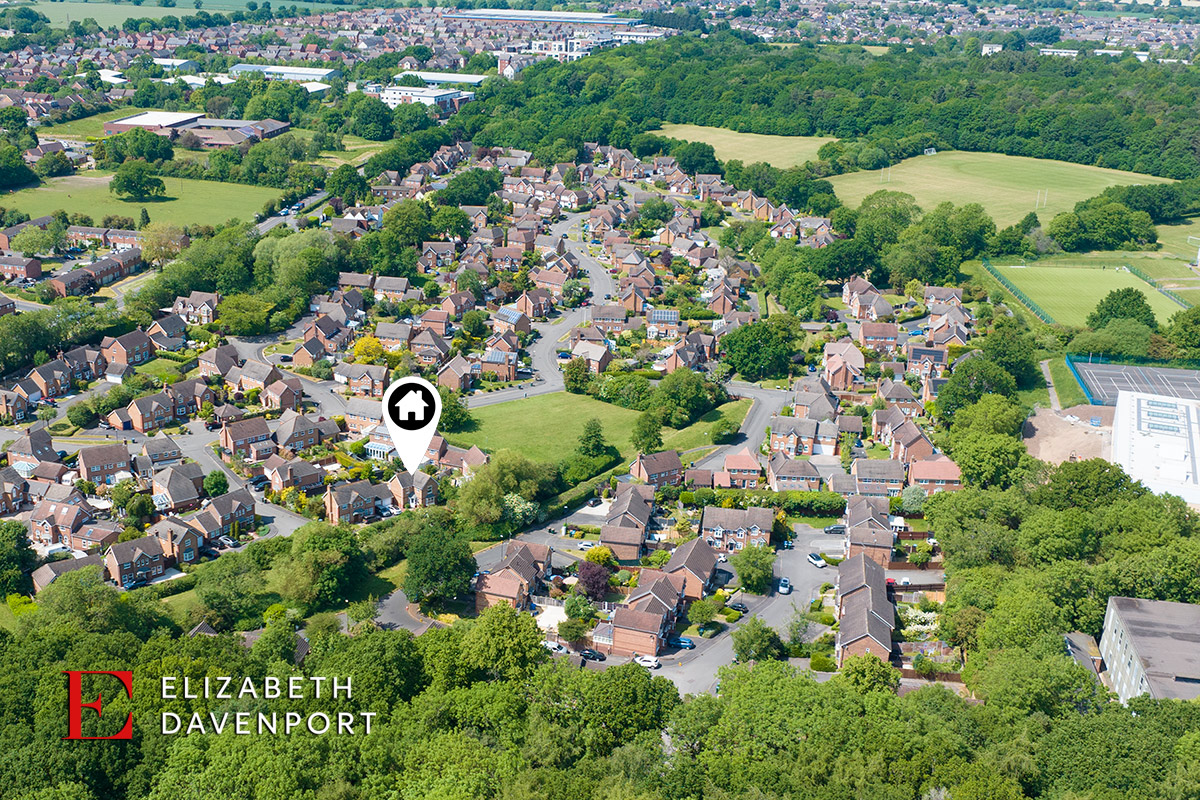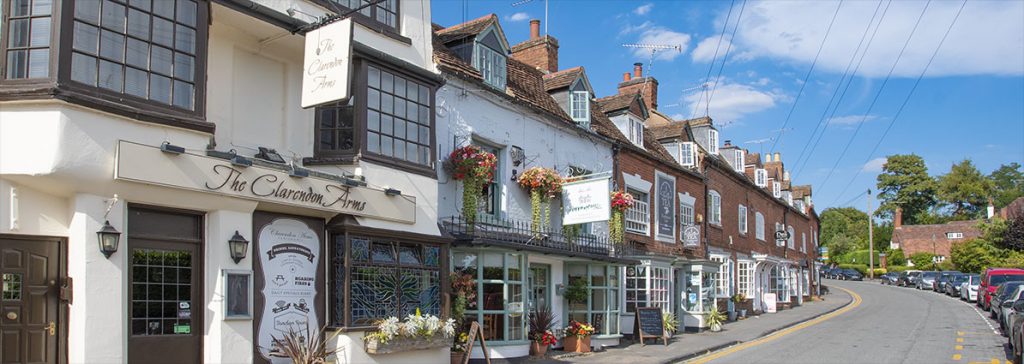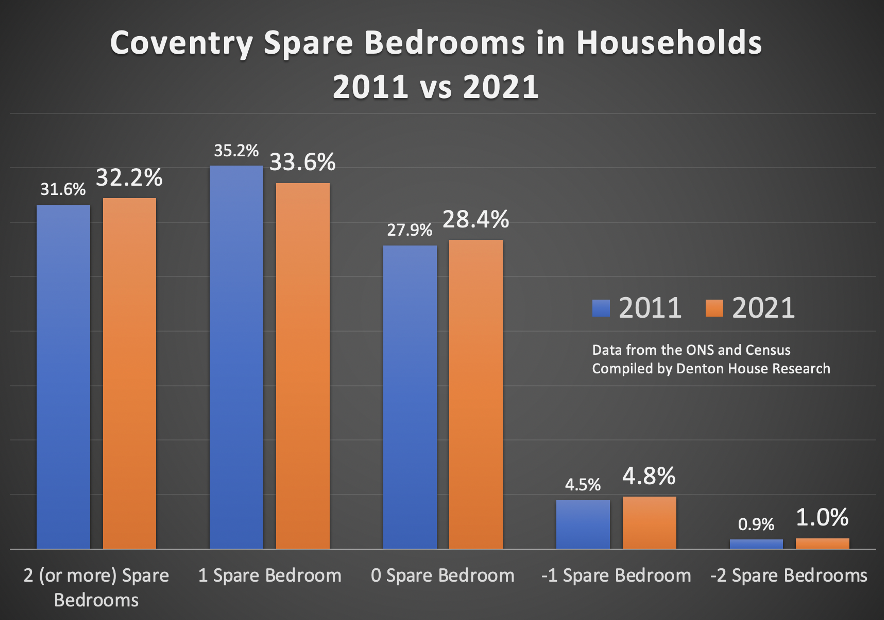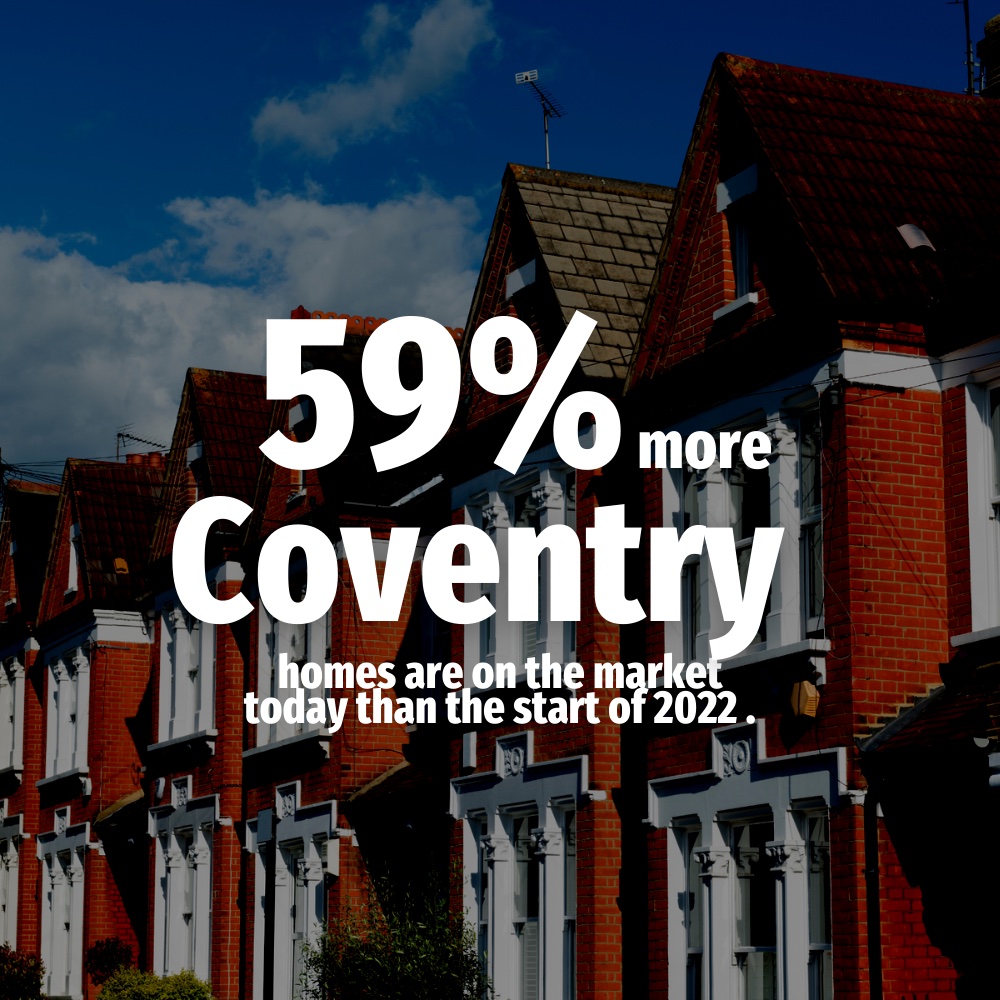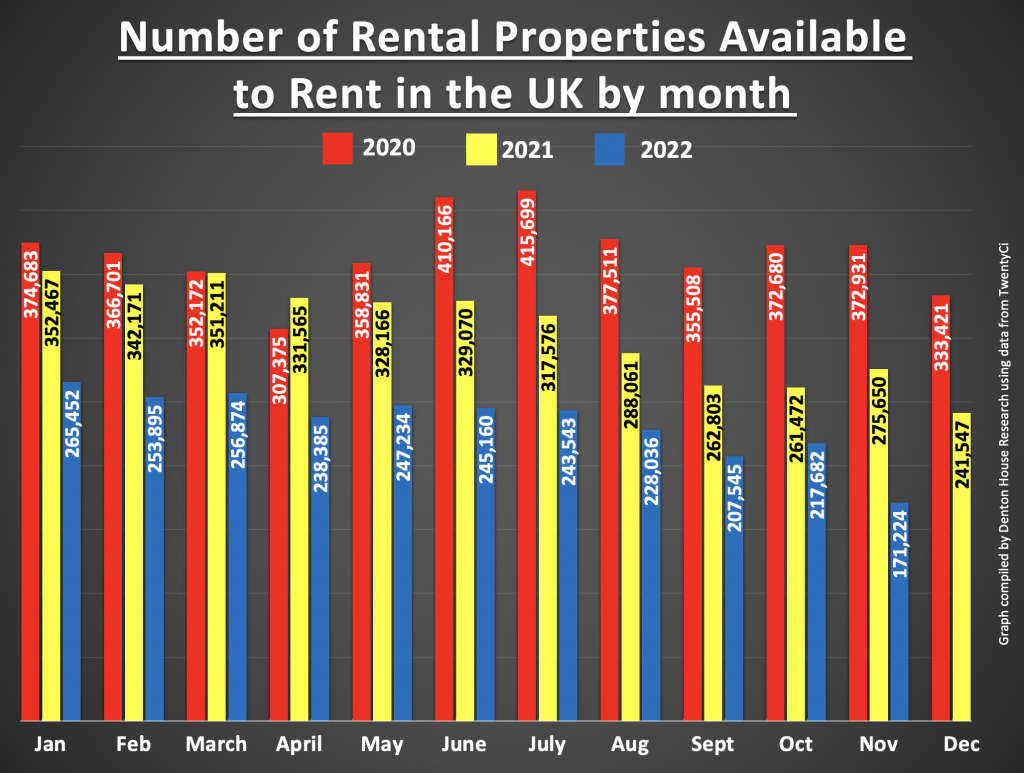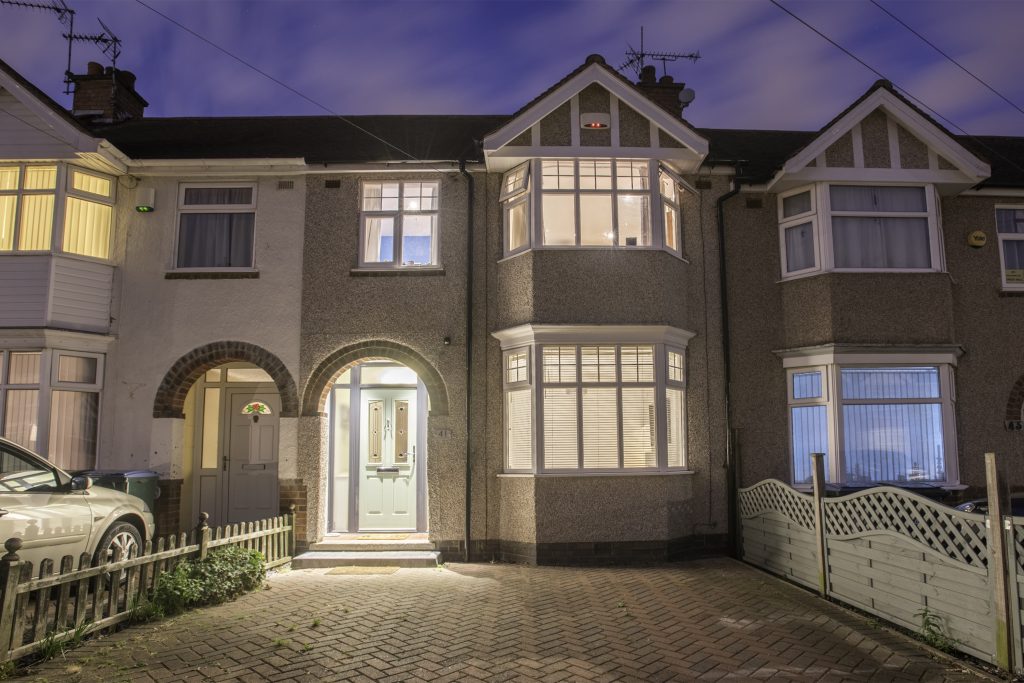Introduction
Nestled in the heart of England’s picturesque Warwickshire countryside, Stratford-upon-Avon is a town that needs no introduction. With its rich history, beautiful town center, iconic river, and renowned Royal Shakespeare Theatre, it’s a place that captivates the hearts of both residents and tourists alike. This idyllic setting, coupled with its Shakespearean legacy, has long been a magnet for tourists from all over the world. But what does this mean for house prices in Stratford-upon-Avon and the surrounding villages? Will the town always command healthy property prices? Are tourist attractions a driving force behind the market? Is it a haven for Shakespearean actors, and what does the future hold for investors and holiday lets in the area? Let’s delve into these questions and more.

Tourist Attractions and Their Influence
Stratford-upon-Avon’s status as the birthplace of William Shakespeare makes it a global pilgrimage site for literature enthusiasts. The town’s allure lies not only in its rich history but also in its remarkable attractions. The Shakespeare Birthplace Trust manages several properties associated with the Bard, including his birthplace, Anne Hathaway’s Cottage, and his final residence, New Place. These sites draw tourists year-round, contributing significantly to the local economy.
The charming town center, characterized by Tudor-style architecture, boasts a range of boutique shops, restaurants, and cafes. The picturesque River Avon offers boat cruises, while the adjacent Bancroft Gardens and Recreation Ground provide green spaces for leisure activities. The Royal Shakespeare Theatre, an iconic venue, attracts theatergoers from around the world. All these factors play a pivotal role in keeping Stratford-upon-Avon firmly on the map, and they certainly contribute to the local property market.

Stratford-upon-Avon’s enduring appeal ensures steady demand for housing, which, in turn, has a positive impact on property prices. The town’s status as a hub for culture and history attracts both residents and investors looking for long-term stability. While house prices in the area have experienced fluctuations, they have generally been on an upward trajectory over the years.
Steady Demand and Healthy Property Prices
Tourist attractions are not only a source of income for local businesses but also influence property prices. Homes in proximity to the town center and riverfront tend to command higher prices due to their accessibility to key attractions. This premium is unlikely to wane as long as the town continues to draw visitors seeking a taste of Shakespearean history and culture.
A Haven for Shakespearean Actors
Stratford-upon-Avon is not just a tourist destination; it’s also a thriving hub for the arts. The Royal Shakespeare Company (RSC) calls the town home and attracts talented actors, directors, and theater professionals. Many aspiring and established actors dream of performing on the RSC’s prestigious stages, which has created a community of performers in the area. This, in turn, has contributed to the vibrancy of the local arts scene.
The Future of Property Investment
Looking ahead, Stratford-upon-Avon appears poised for continued growth and investment. The appeal of the town is not solely reliant on tourism; it’s also an attractive place to live, work, and raise a family. With excellent schools, a strong local economy, and a rich cultural scene, it offers a well-rounded lifestyle that appeals to a diverse range of residents.

Investors, both local and international, are eyeing Stratford-upon-Avon as a promising market. The town’s ability to weather economic downturns and maintain property values makes it a secure choice for those looking to invest in property.
Holiday Lets and Their Impact
The rise of platforms like Airbnb has led to an increase in holiday lets in Stratford-upon-Avon and its surrounding villages. While this trend has contributed to higher property prices in some areas, it has also raised concerns among local residents about the availability of affordable housing.
Investors who purchase homes for holiday lets can achieve high rental yields, especially during the peak tourist season. However, this can result in a reduction in the supply of long-term rental properties, potentially driving up rents for residents. Local authorities are exploring ways to strike a balance between tourism and housing needs to ensure the community’s well-being.
Conclusion
Stratford-upon-Avon’s enduring allure, driven by its Shakespearean heritage and exceptional attractions, continues to influence the local property market. While the town commands healthy property prices and attracts investors, it remains an attractive place to live for a diverse range of residents. The influx of tourists and the popularity of holiday lets do play a role in the market, but Stratford’s broader appeal as a cultural and historical gem ensures its lasting desirability for both investors and those looking to call it home. As we peer into the future, Stratford-upon-Avon’s property market seems set to remain a Shakespearean investment worth considering.

